Kalash Worship in Odisha। : A Fusion of Tradition
By Lokanath Mishra
Kalash worship, or Purna Kumbha Sthapana or Ghata Sthapana, in Odisha is a unique ritual that blends ancient Vedic and Puranic traditions with local customs. This ceremony is a key part of major pujas like Durga Puja, Ganesh Puja, Lakshmi Puja and other important Pujas but is also integral to life-cycle events such as weddings, thread ceremonies, Gruha Pratista (housewarming) and other celebrations and pratista.
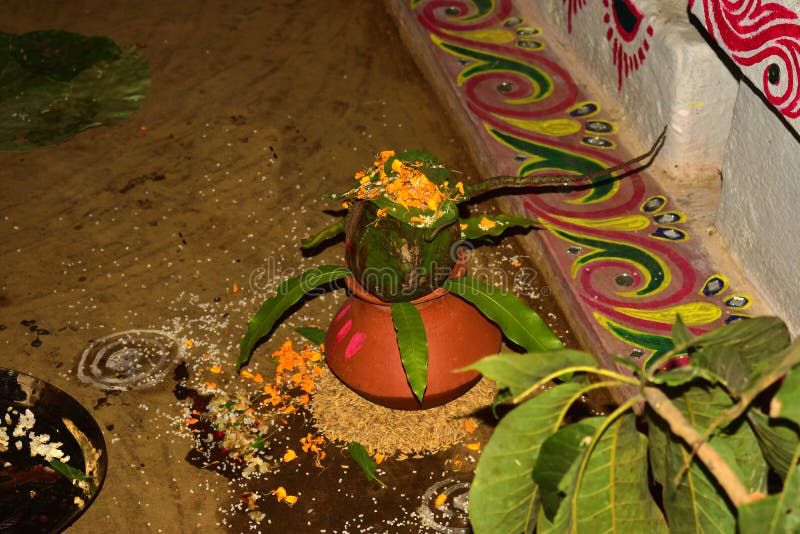
Emphasizing nature and agrarian roots, it sets itself apart from practices in other parts of India. The Kalash, or earthen pot, is considered a symbolic seat for multiple deities, embodying a holistic approach to divine invocation.
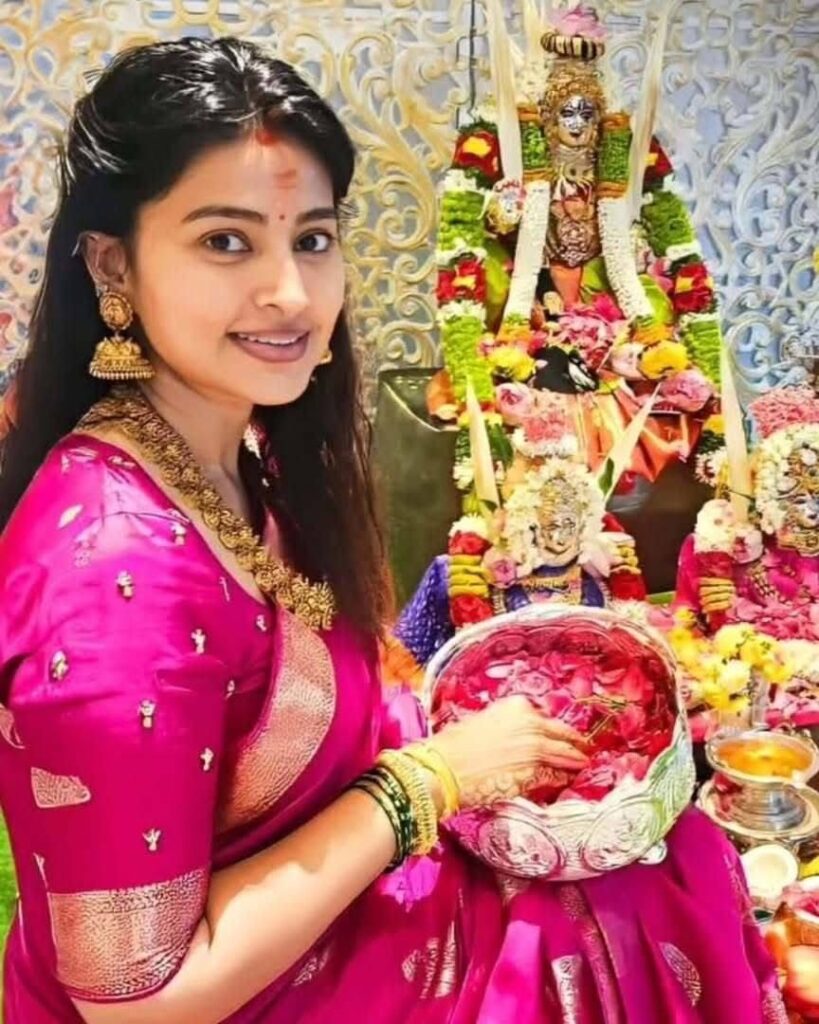
Procedure and Symbolism:
The ritual begins with purification and preparation. The ground is cleaned with cow dung and turmeric water, then decorated with traditional rice-flour drawings called jhotis or murujas. A bed of paddy or rice is placed on top of these drawings to serve as the base for the Kalash.
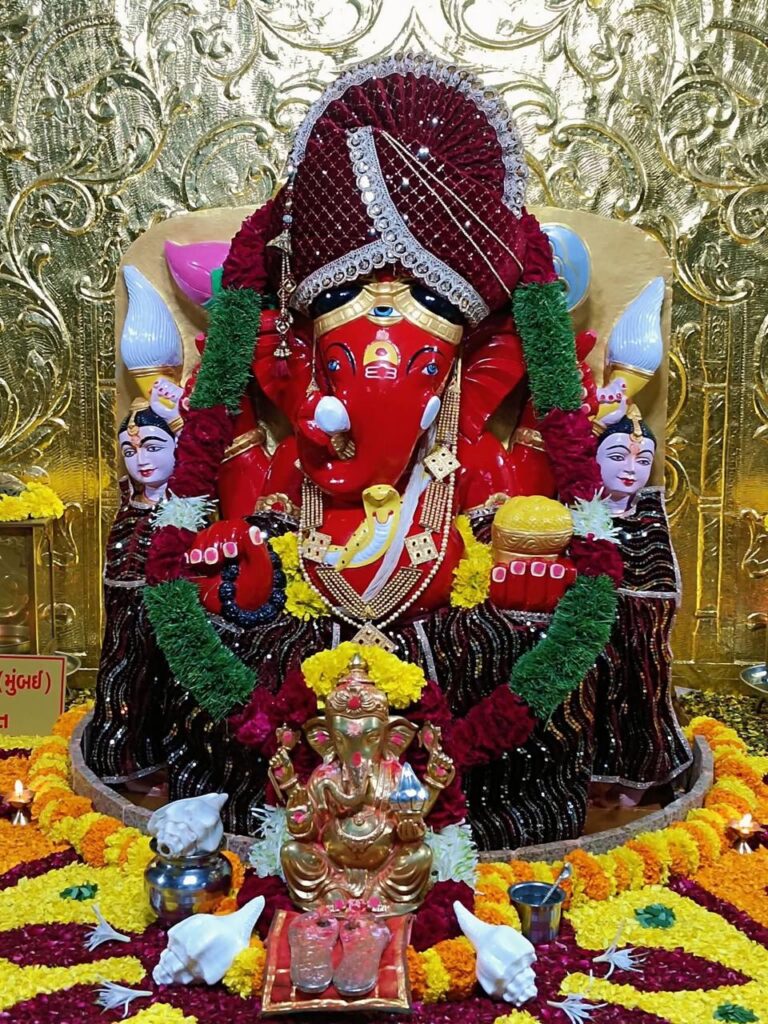
A new earthen pot, known as a ghadi, is central to the ceremony. This ghadi is filled with sanctified water, along with sacred items like tulasi leaves, rice, or navadhanya (nine grains). The use of a clay pot symbolizes Prithvi (Mother Earth) and fertility, reflecting Odisha’s ancient agrarian traditions. Unlike the more common use of metal pots, the clay ghadi honors the concept of “born from earth, return to earth” (“Mitti re janma, mitti re laya”).
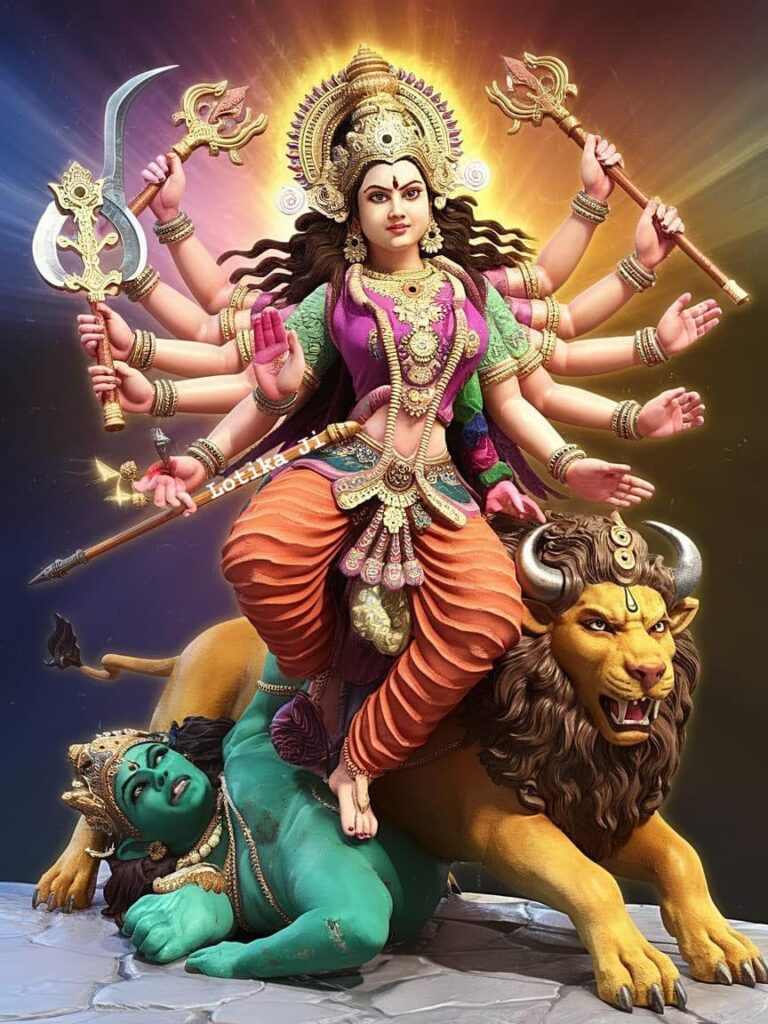
The pot is then wrapped with a sacred thread (Moli or Raksha Suta), which symbolizes protection and the containment of divine energy. Five fresh mango leaves are arranged in the mouth of the pot, and a green coconut with its husk is placed on top. The use of a green coconut is a distinctive Odia feature, symbolizing Brahmaanda (the cosmic egg) and representing freshness, fertility, and uninterrupted life-energy. This contrasts with the common practice elsewhere of using a dry brown coconut.
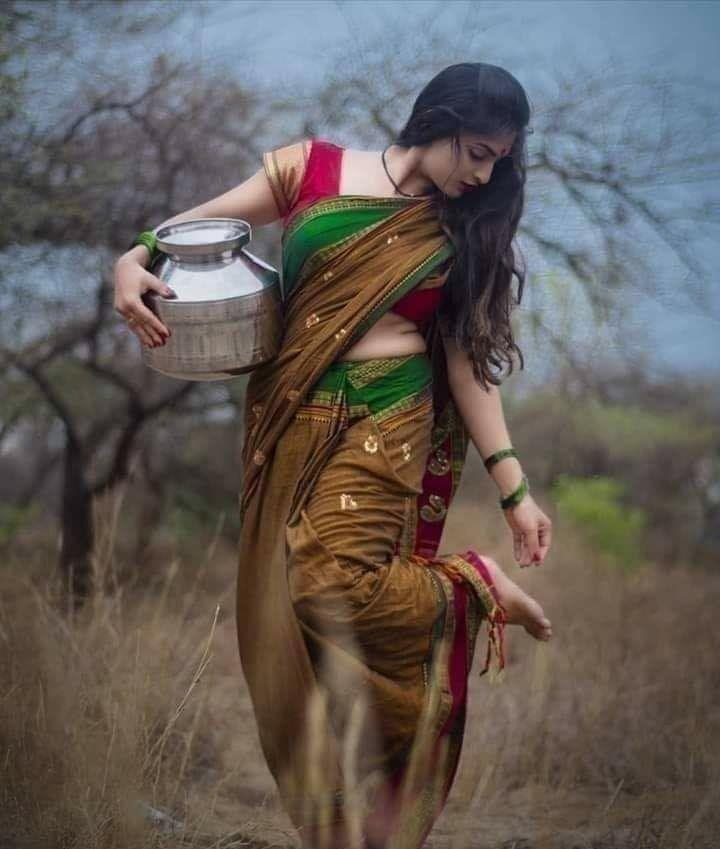
Once prepared, the Kalash is treated as the dwelling place for deities. It’s worshipped with flowers, sandalwood paste, incense, and lamps. Offerings typically include fruits, khai (puffed rice), and kora (a sweet made from puffed rice and jaggery). The Kalash is worshipped daily until the ritual concludes, after which the sanctified water is sprinkled around the house or fields as a blessing.
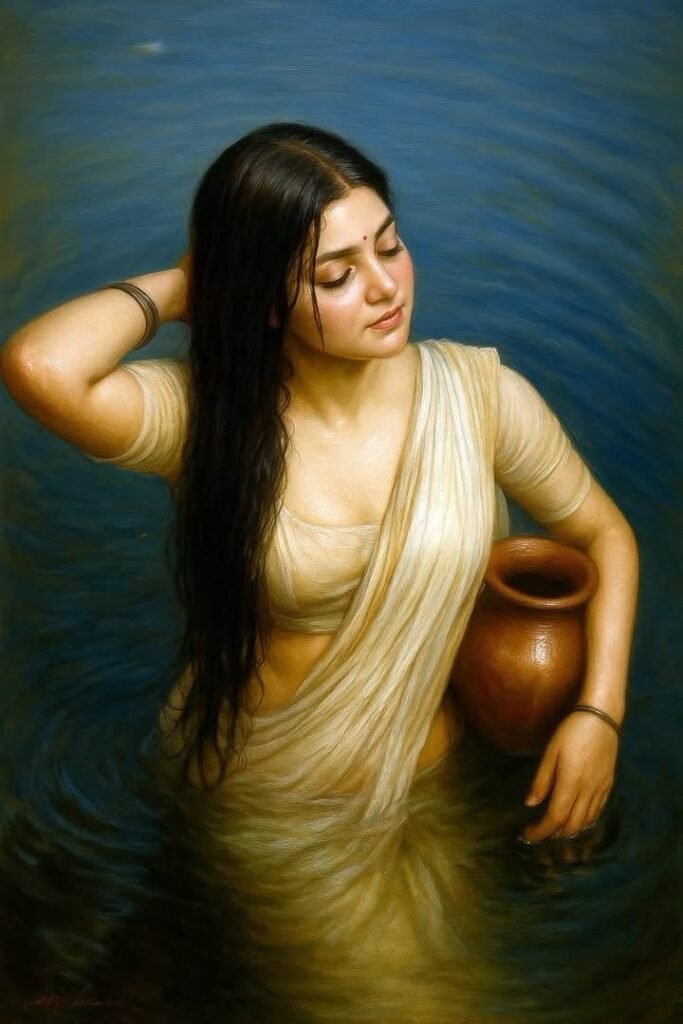
The Deities of the Kalash :
In Odia tradition, the Kalash isn’t just for one deity but serves as a focal point (āsana) for several divine forces.
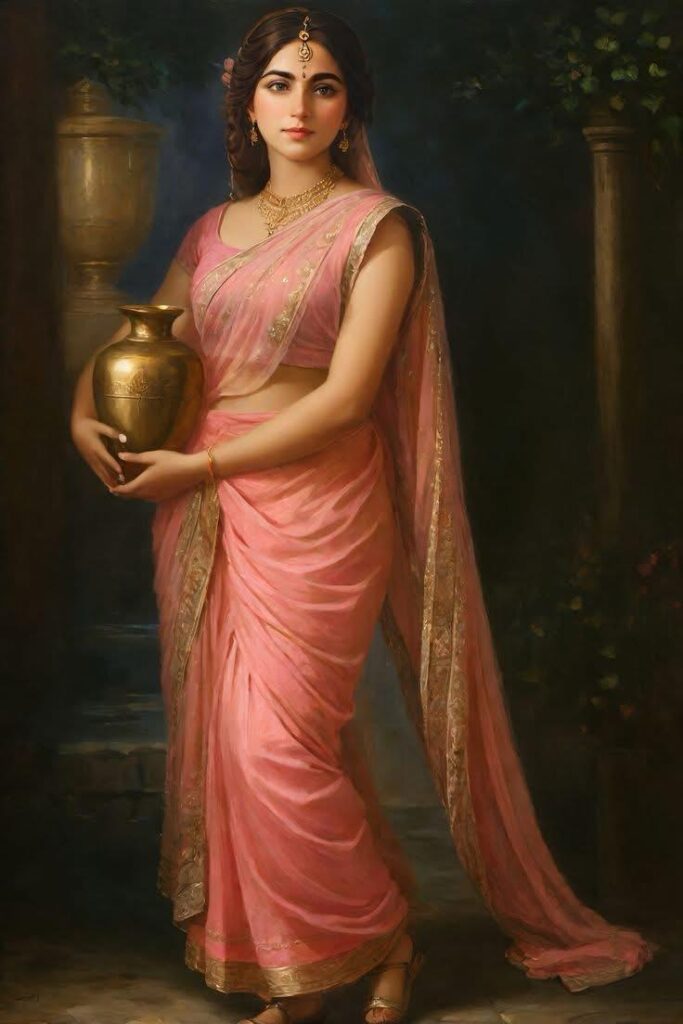
Lord Varuna (Barun Deva) : The water inside the Kalash primarily represents Varuna, the deity of water. This makes the Kalash a symbolic home for him, invoked with specific mantras during the ceremony.
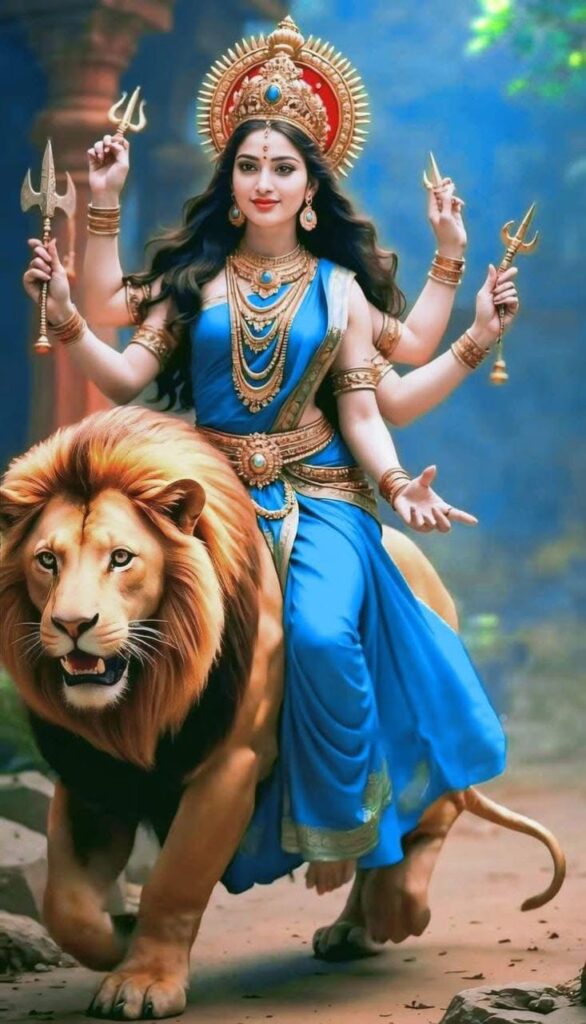
Goddess Shakti (Durga/Lakshmi) : During festivals like Durga Puja and Lakshmi Puja, the Kalash becomes the seat of the Goddess. The pot symbolizes the yoni (womb), the mango leaves represent life force, and the coconut is the head, collectively forming a symbolic representation of the Devi.
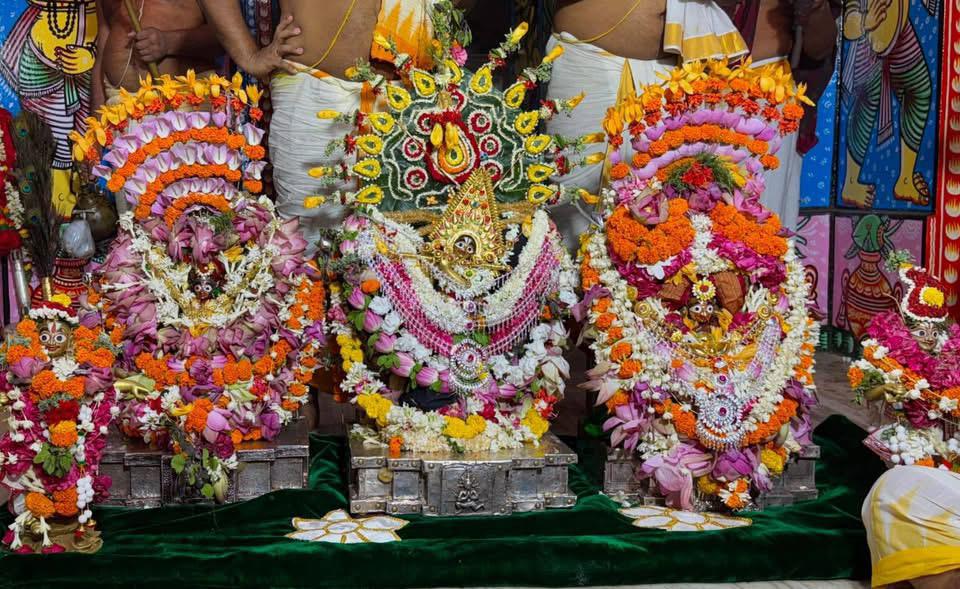
Lord Ganesha : While not residing in the Kalash itself, Ganesha is worshipped first as Vighna Vinashaka (remover of obstacles) to ensure the smooth execution of the ritual.
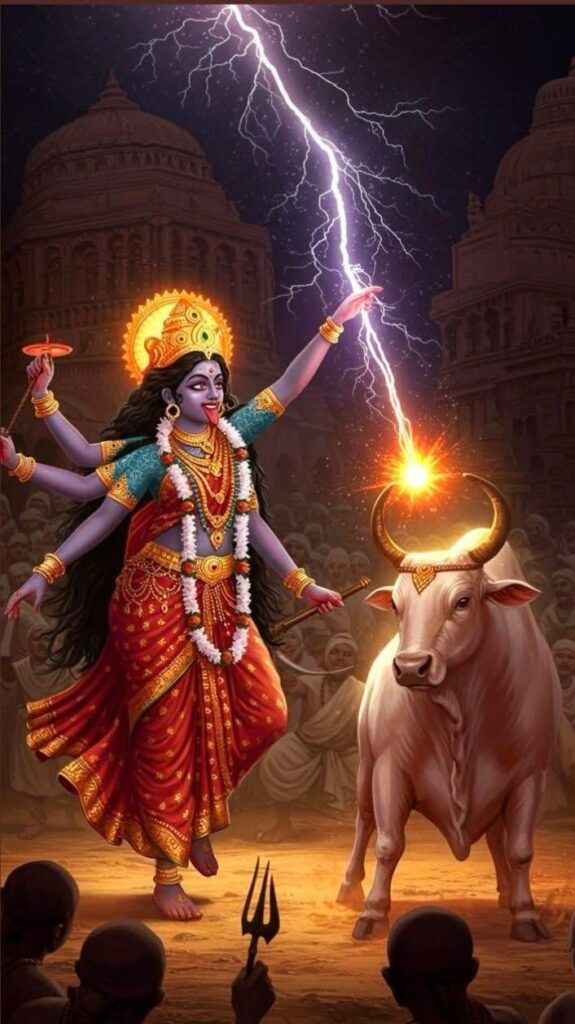
Other Deities : The Kalash can also be used to invoke other deities such as the Sapta Matrikas (seven divine mothers), Nava Grahas (nine planets), and Pancha Tattvas (five elements), depending on the specific occasion.
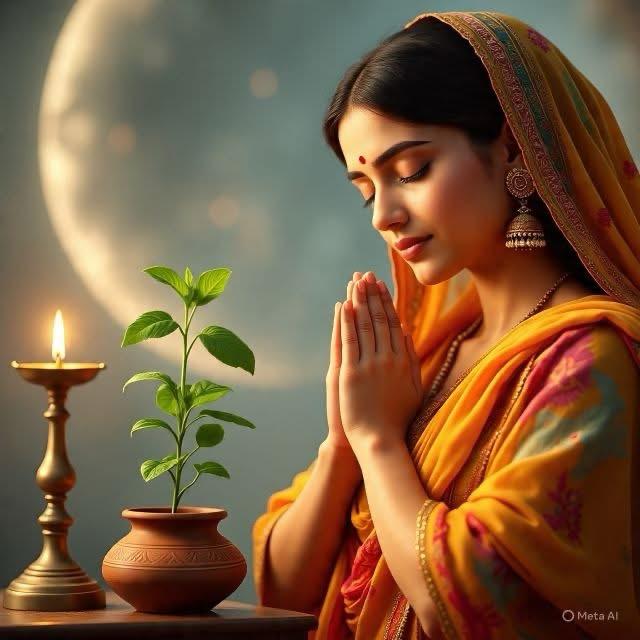
Why Odisha’s Ritual Is Different
The unique aspects of Kalash worship in Odisha stem from a rich cultural heritage. Local agrarian roots are evident in the use of the earthen pot and green coconut, which are essential to farming cycles and nature worship. The ceremony also incorporates tribal influences from communities like the Sabara and Kondh, which have merged with Vedic customs over time. Furthermore, the rituals are deeply connected to the Jagannath culture, where similar items like earthen pots and green coconuts are commonly used in temple traditions. This fusion of nature-centric, tribal, and temple-based practices gives Kalash worship in Odisha its distinct identity.
